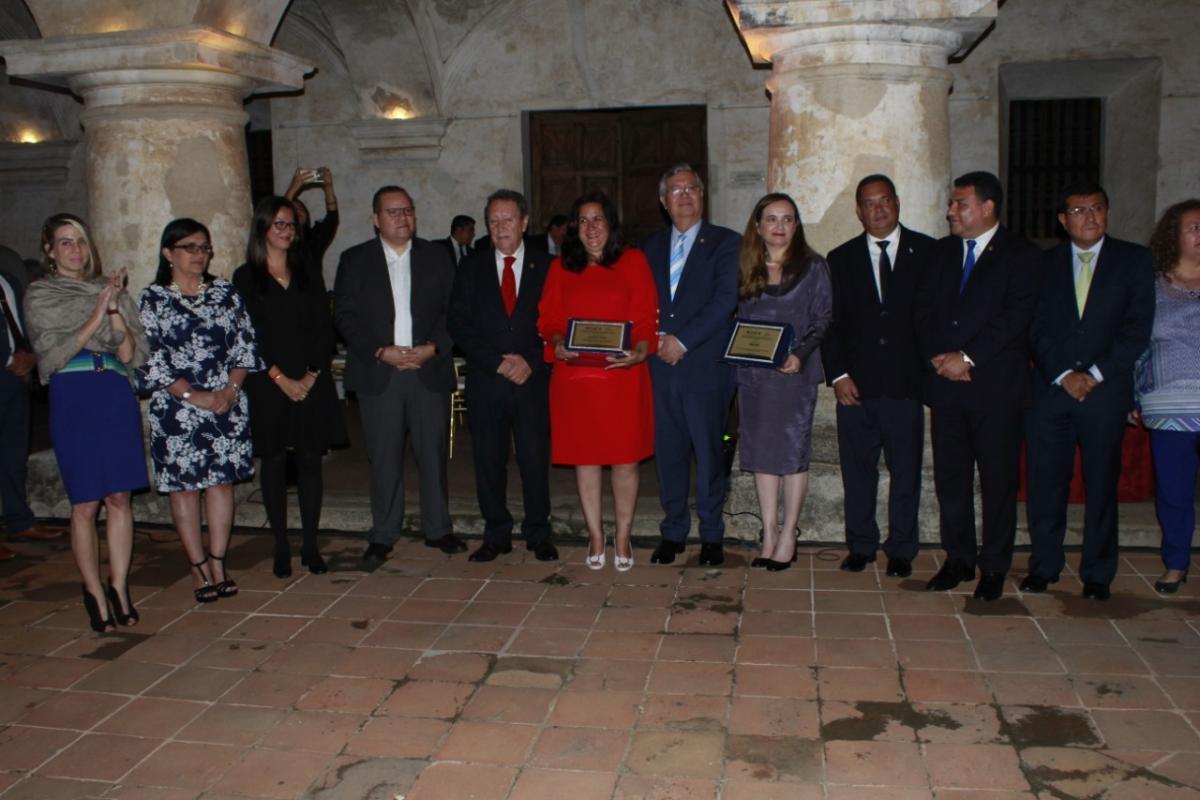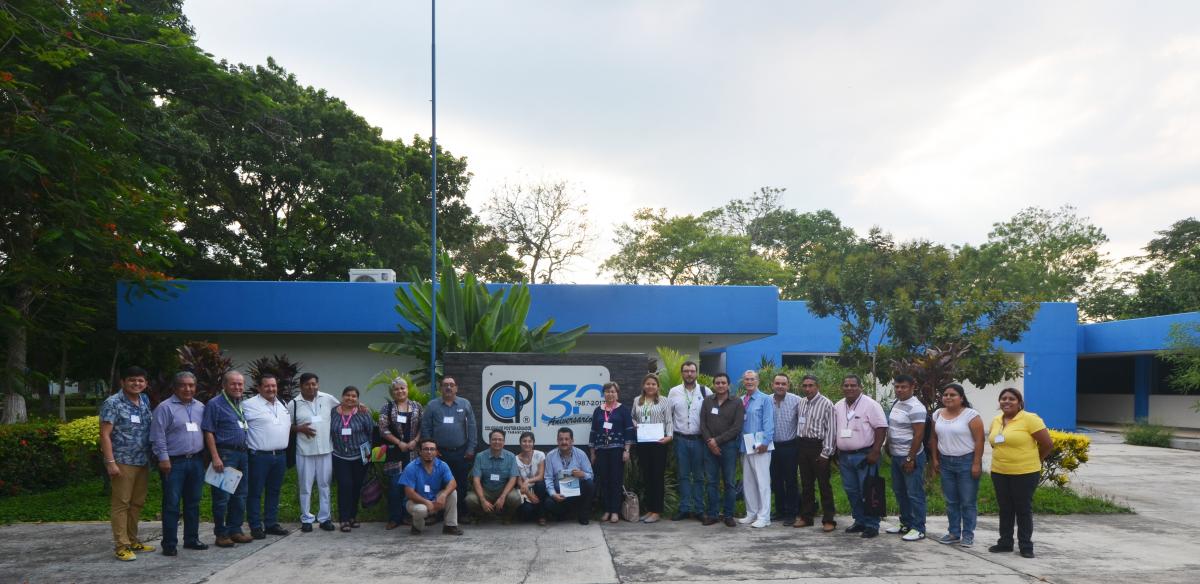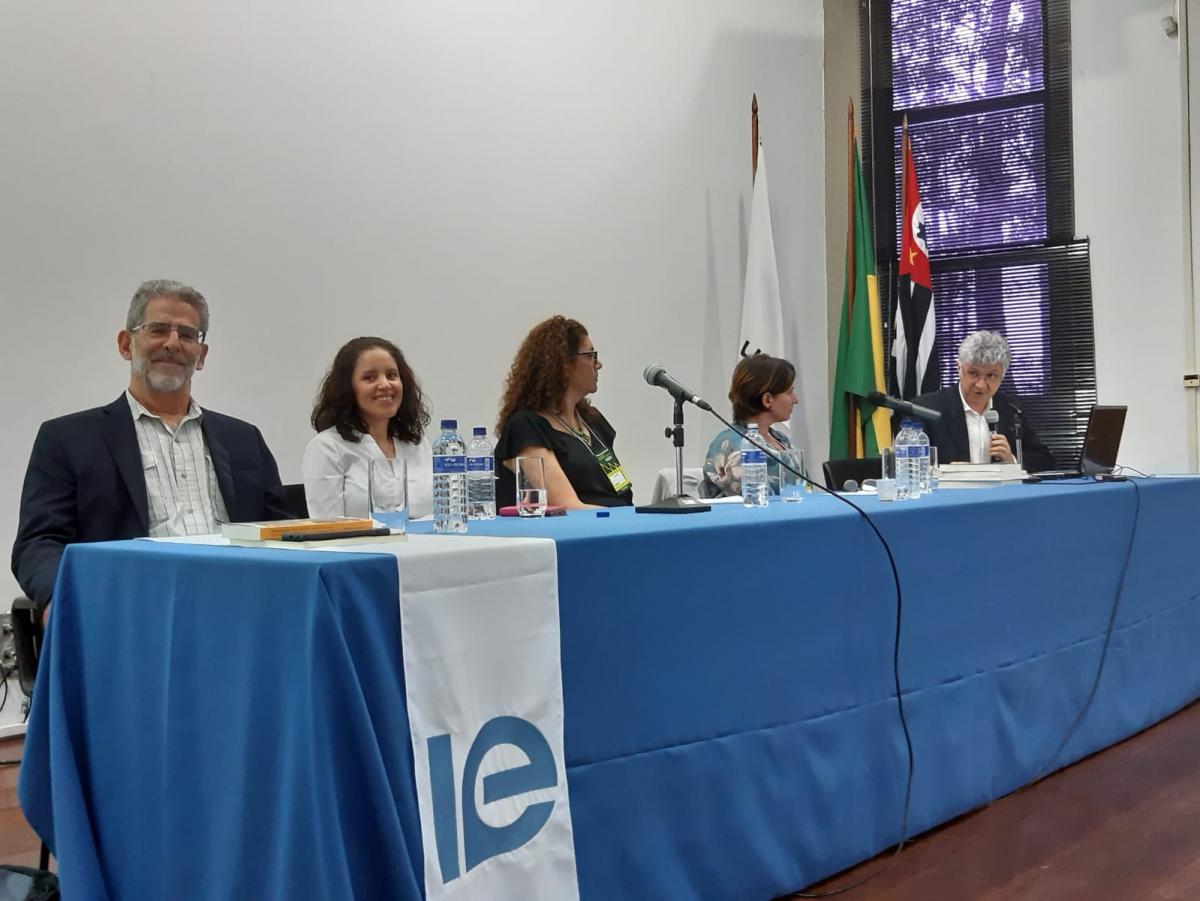Story | 03 3月, 2008
Building Business for Biodiversity - A scoping report (draft for comments)
This report explores recent experience around the world and future opportunities to develop business models that generate biodiversity benefits. The report is the fruit of collaboration between IUCN and Shell and represents the result of over eight months work, including interviews with over 150 individuals from over 60 different organizations.

Photo: IUCN Shell
In many countries, conservation is mainly a government responsibility, with important contributions from NGOs and other civil society groups. The private sector is often seen as a threat to biodiversity, or as a source of taxes and charitable funding to support conservation actions by others. Conservation is rarely viewed as a profitable business opportunity. Similarly, the reasons for conserving biodiversity are usually expressed in terms of the public interest rather than the profit motive. This may be one reason why biodiversity continues to decline. And yet times are changing. Market-based approaches to environmental management are no longer confined to academic theory but are current practice in many countries. Recent years have seen the rapid emergence of an international market in carbon credits, expected to be worth over US$25 billion in 2006. A whole new business sector has been created to produce and sell carbon credits. Can and should we develop similar market-based mechanisms for biodiversity conservation?
This report explores recent experience around the world and future opportunities to develop business models that generate biodiversity benefits. The report is the fruit of collaboration between IUCN and Shell and represents the result of over eight months work, including interviews with over 150 individuals from over 60 different organizations. Josh Bishop, Senior Advisor for Econmics, is one of the authors of the report, along with Sachin Kapila of Shell and two consultants. The authors welcome feedback on the report. They would particularly appreciate your help to identify:
technical or factual inaccuracies;
key gaps and omissions; or
places where you feel that we have misinterpreted something.
Please feel free to circulate the report (with a copy of this text) within your networks if you feel it may be of interest to others.
This report explores recent experience around the world and future opportunities to develop business models that generate biodiversity benefits. The report is the fruit of collaboration between IUCN and Shell and represents the result of over eight months work, including interviews with over 150 individuals from over 60 different organizations. Josh Bishop, Senior Advisor for Econmics, is one of the authors of the report, along with Sachin Kapila of Shell and two consultants. The authors welcome feedback on the report. They would particularly appreciate your help to identify:
technical or factual inaccuracies;
key gaps and omissions; or
places where you feel that we have misinterpreted something.
Please feel free to circulate the report (with a copy of this text) within your networks if you feel it may be of interest to others.



